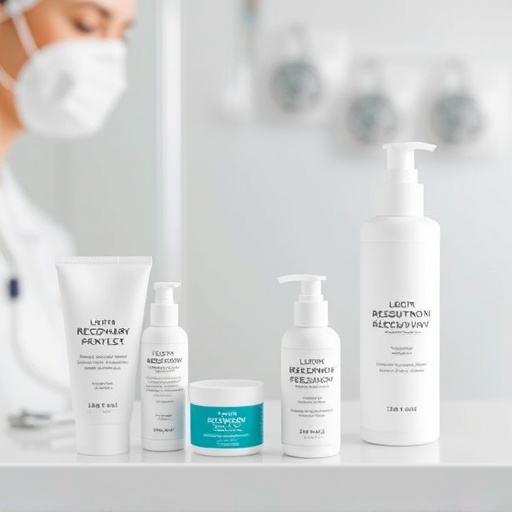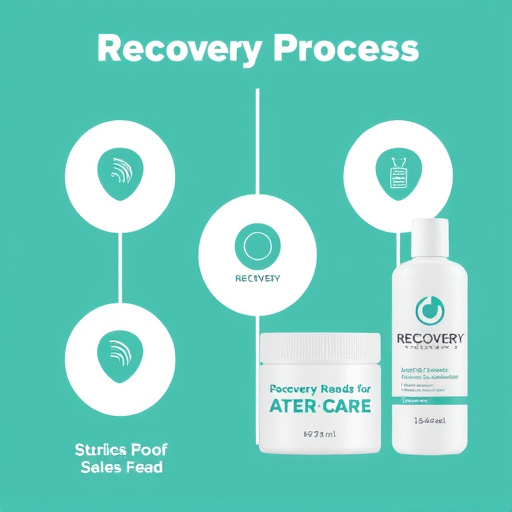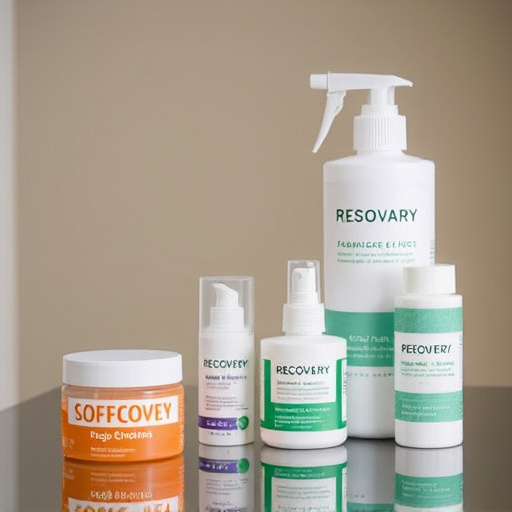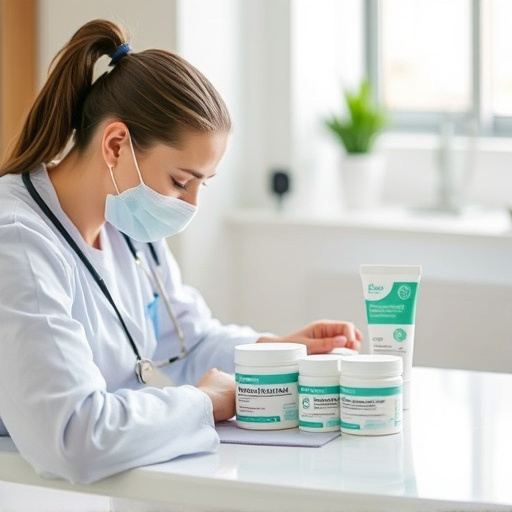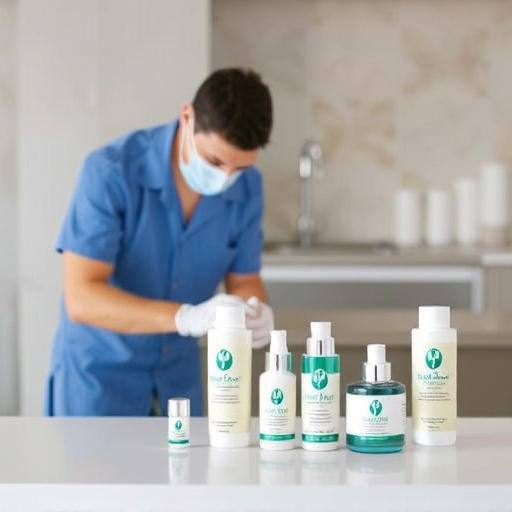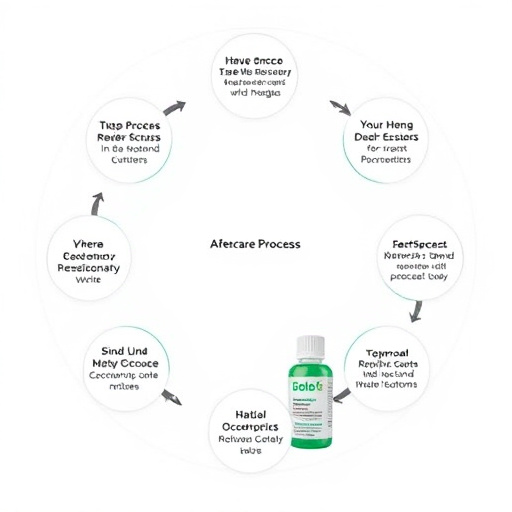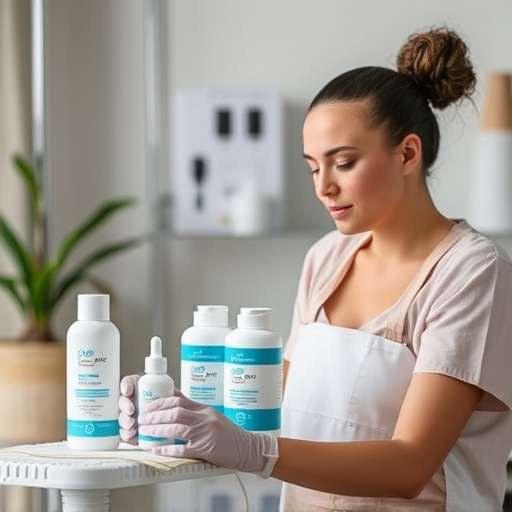Laser hair removal offers smooth, hair-free skin with minimal (one to two days) downtime, varying by skin type and treatment area. Post-treatment care involves avoiding direct sunlight, hot tubs, saunas, excessive sweating for 48 hours, and applying a gentle, hypoallergenic moisturizer. Proper aftercare, including cleaning, moisturizing, sun protection, hydration, and antioxidants, accelerates recovery, minimizes side effects, and enhances long-term outcomes.
“Uncover the secrets to a smooth, lasting result after your laser hair removal procedure. This comprehensive guide addresses all things related to recovery. From understanding the step-by-step process to debunking common downtime myths, we provide valuable insights. Learn how to optimize your body’s natural healing ability for faster, more comfortable recovery. Discover expert tips and tricks to ensure you’re on the path to achieving your desired, hair-free skin.”
- Understanding Laser Hair Removal Recovery: A Step-by-Step Guide
- Common Misconceptions About Laser Hair Removal Downtime Debunked
- Optimizing Your Body's Healing Process After Laser Hair Removal
Understanding Laser Hair Removal Recovery: A Step-by-Step Guide
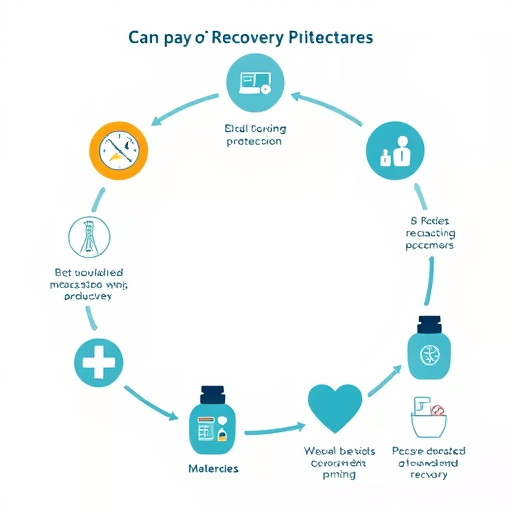
Laser hair removal is a popular and effective method for achieving smooth, hair-free skin, but it’s essential to understand the recovery process to ensure optimal results. The first step in laser hair removal recovery is post-treatment care. After the procedure, your skin may be red, slightly swollen, and sensitive. Applying a cold compress can help reduce inflammation and soothe any discomfort. Additionally, using a gentle, hypoallergenic moisturizer recommended by your dermatologist will aid in calming the skin and promoting healing.
The second step involves following specific guidelines to prevent complications and optimize recovery time. Avoid exposing your skin to direct sunlight for at least 48 hours after treatment, as this can lead to hyperpigmentation or hypopigmentation. Also, steer clear of hot tubs, saunas, or any activities that may cause excessive sweating for the first few days. Strive for gentle, non-irritating skincare routines during recovery to prevent further irritation and allow your skin to heal evenly. Remember, a successful laser hair removal experience relies on both effective treatment and proper post-procedure care.
Common Misconceptions About Laser Hair Removal Downtime Debunked

Many individuals seeking laser hair removal often have questions about the downtime associated with the procedure, leading to several misconceptions. One common myth is that it involves a lengthy recovery period, causing many to hesitate before opting for this treatment. However, this isn’t entirely accurate; laser hair removal recovery time is typically minimal and varies depending on the individual’s skin type and the area treated. Most people experience only mild discomfort and can resume their normal activities within a day or two.
Another misconception is that there is a significant risk of permanent damage or scarring. In reality, when performed by qualified professionals using modern equipment, laser hair removal is generally safe and effective. Minor redness and swelling are normal post-treatment side effects, but they subside rapidly, usually within 24 to 72 hours. Proper aftercare, including avoiding direct sun exposure and using recommended skincare products, can further minimize any potential downtime and ensure a smooth recovery process.
Optimizing Your Body's Healing Process After Laser Hair Removal
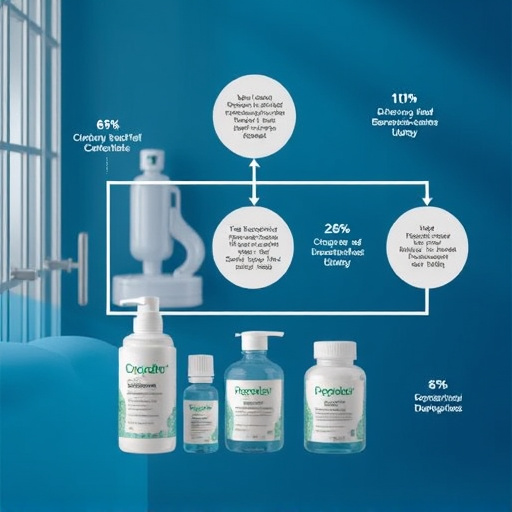
After undergoing laser hair removal, optimizing your body’s healing process is essential for achieving the best results and minimizing potential side effects. During the initial stages of recovery, it’s crucial to keep the treated area clean and moisturized. Avoid strenuous activities or exercises that might cause friction or irritation on the skin. Additionally, sun exposure should be limited; using sunscreen with a high SPF is recommended to protect the sensitive skin.
Proper hydration and a balanced diet rich in antioxidants are vital for supporting your body’s natural healing mechanisms. Certain topical creams or lotions suggested by a dermatologist can also aid in soothing the skin and promoting healthy cell regeneration. Remember, following these steps carefully contributes to a faster laser hair removal recovery time and ensures optimal long-term results.
Laser hair removal, while effective, comes with a unique recovery process. By understanding the steps involved in healing and debunking common downtime misconceptions, you can optimize your body’s natural ability to recover. Remember, managing expectations and following professional advice are key to achieving smooth, long-lasting results with minimal discomfort. With proper care, you’ll be enjoying the benefits of laser hair removal for years to come, with less time spent on maintenance compared to traditional methods.








